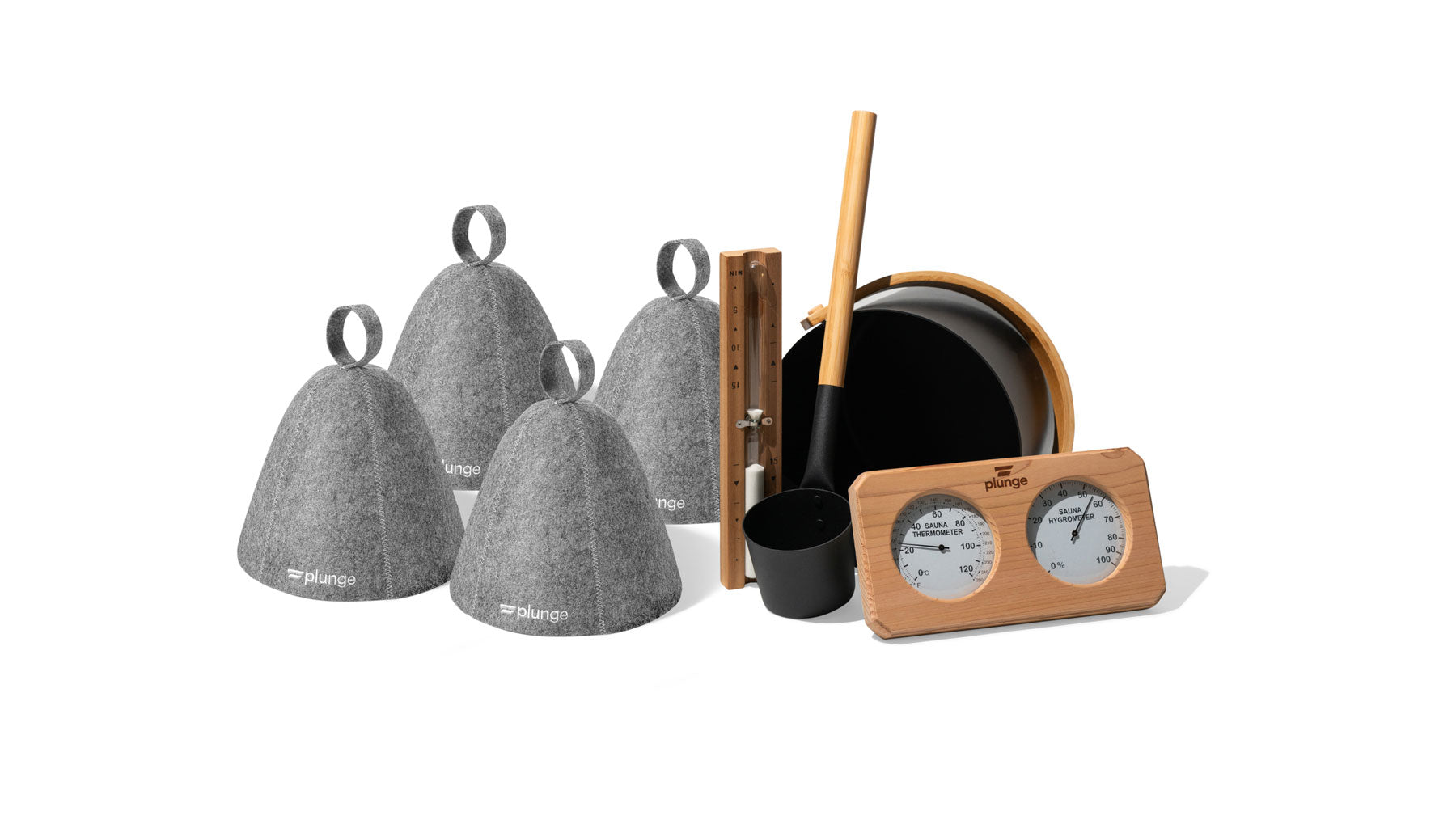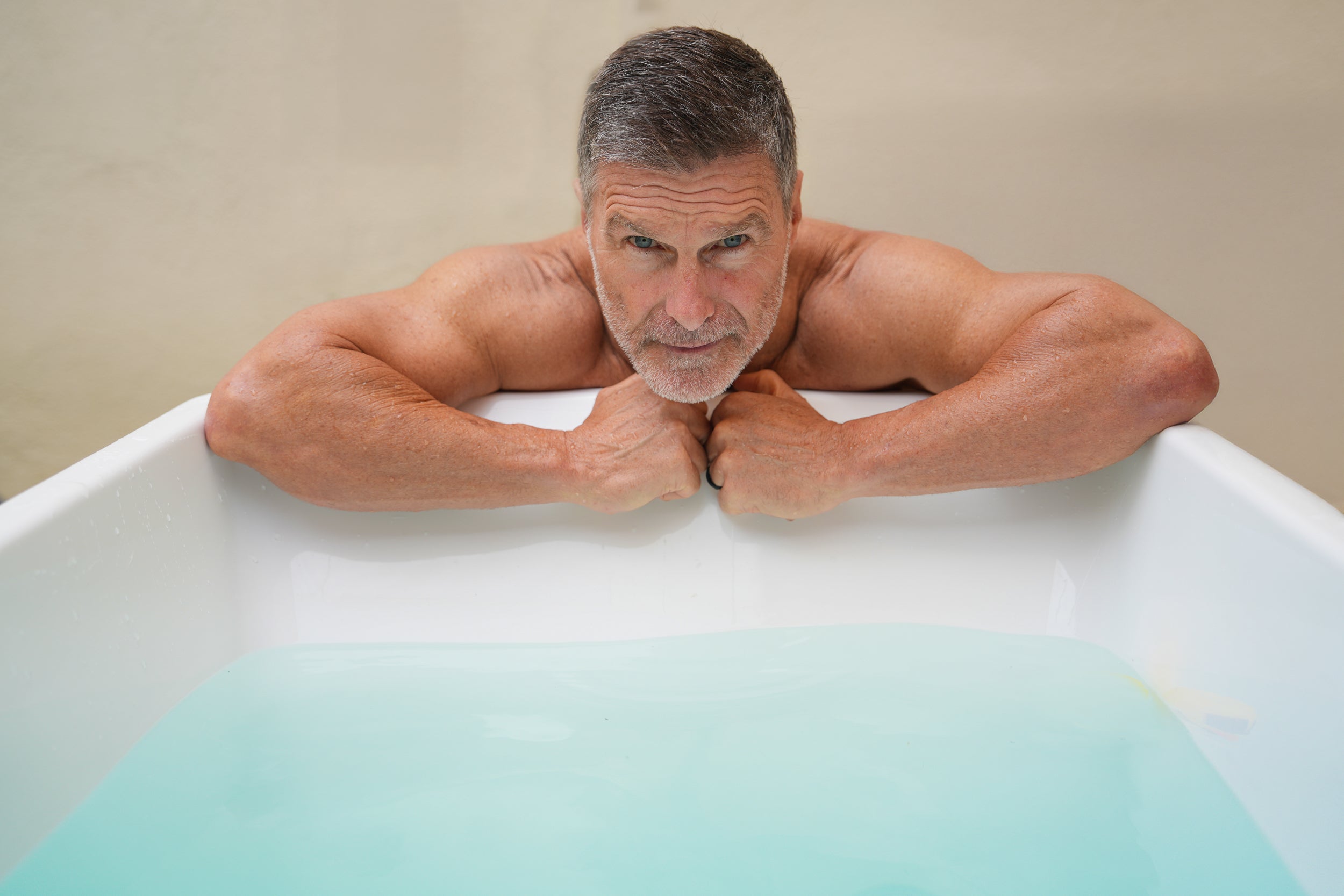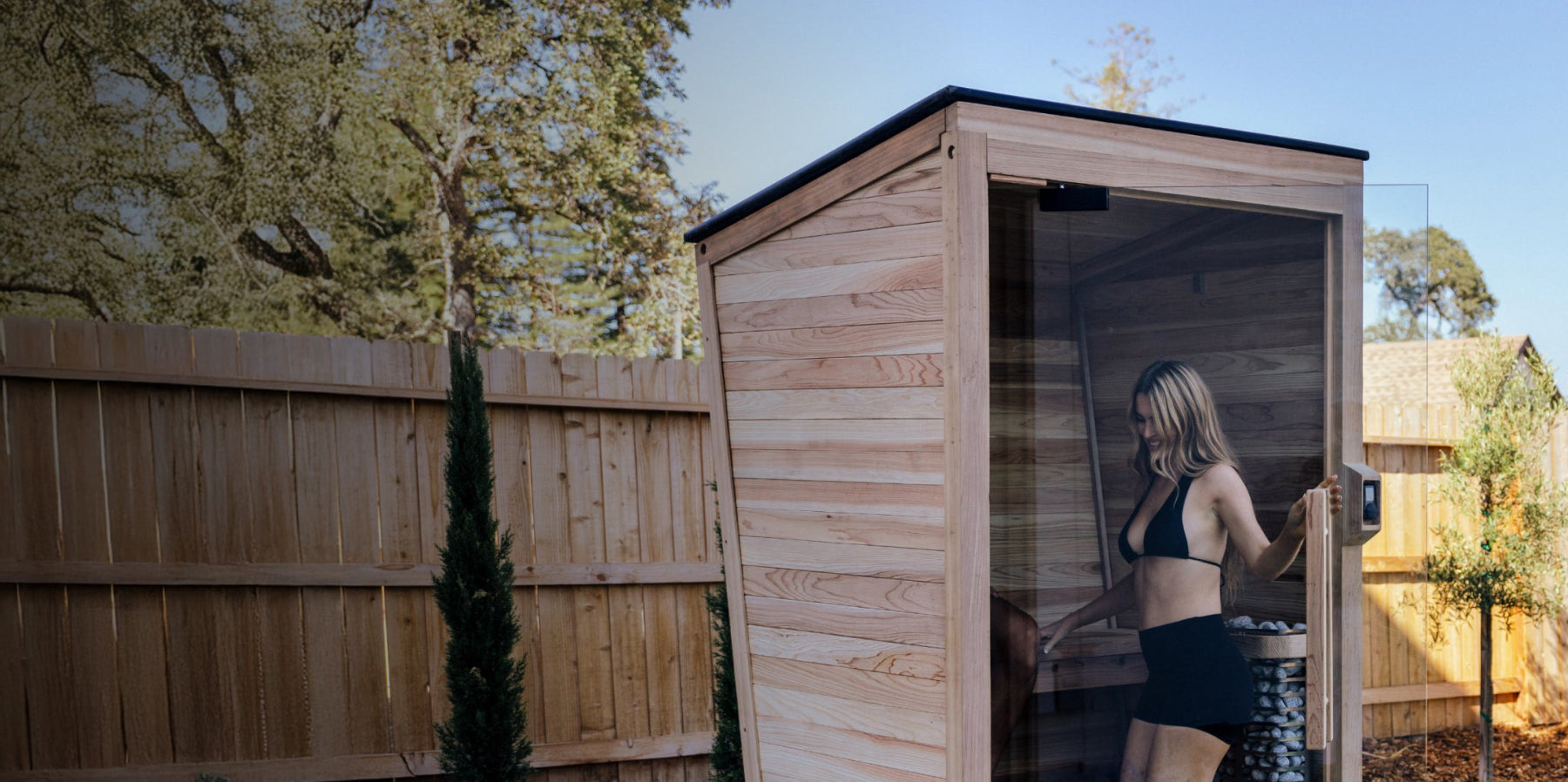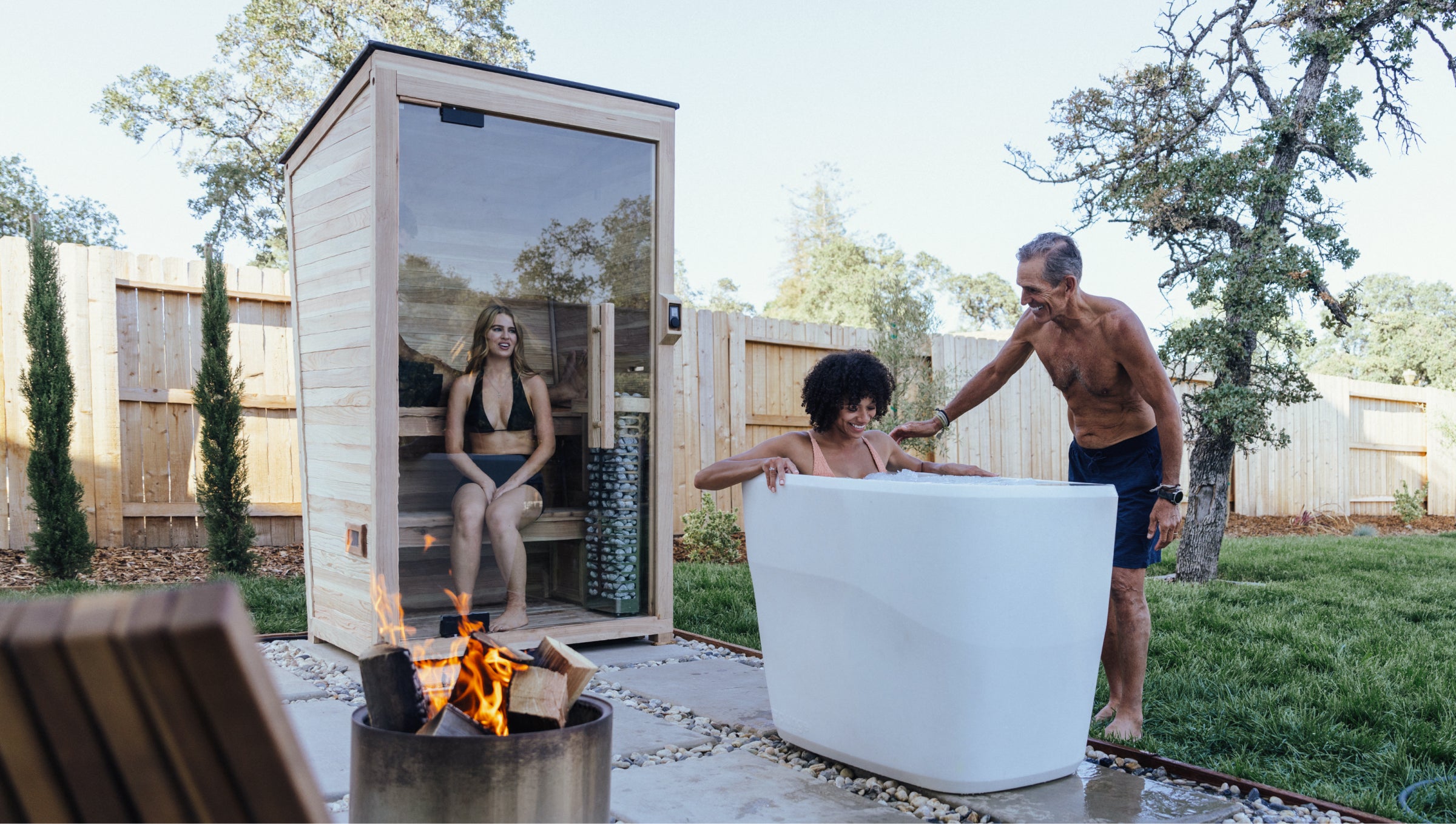
Holotropic Breathing: Is It Worth It?
Holotropic breathwork, a technique developed by Stanislav Grof, MD, PhD, has garnered recent attention for its profound, albeit intense, experiences. While new research explores its potential, navigating current claims requires careful examination. Let's look deeper into holotropic breathwork, understand its reported benefits and concerns, and explore potentially safer alternatives that can achieve similar results without some of the associated risks.
What is Holotropic Breathwork?
Holotropic breathing comes from the Greek words for “whole” (holos) and “to move forward” (trepein) — translating to "moving toward wholeness." Developed by psychiatrist Stanislav Grof, it utilizes controlled breathing patterns and evocative music to induce altered states of consciousness without drugs. Participants breathe deeply and rhythmically, often lying down, aiming to tap into subconscious material and uncover past experiences. This can involve reliving memories, repressed emotions, and symbolic imagery.
The practice's recent rise in popularity stems from its potential to address various concerns, including emotional release, spiritual exploration, and personal growth. Grof's research and publications, as well as anecdotal testimonials have fueled this interest, particularly among individuals seeking non-traditional therapeutic approaches.
Holotropic Breathing Technique
The technique involves controlled breathing, usually in a group setting, where participants engage in prolonged sessions to reach altered states of consciousness. Holotropic sessions typically involve:
- Controlled breathing: Participants engage in deep, rhythmic breathing, often using hyperventilation techniques.
- Evocative music: Stimulating musical selections guide the experience and evoke emotional responses.
- Physical movement: Spontaneous body movements might arise as participants express emotions and process experiences.
- Guided introspection: Trained facilitators may offer verbal prompts or support throughout the session.
Holotropic breathwork is done with at least three people — a trained and certified facilitator, a “breather” (the one performing the technique), and a “sitter” (who monitors the “sitter” and makes sure they’re safe). Because of this, it’s highly recommended not to do holotropic breathing alone.
Holotropic Breathing vs. Wim Hof
Both holotropic breathwork and the Wim Hof Method are deliberate breathing exercises that have potential health benefits. However, crucial differences exist:
- Intensity: Holotropic breathwork tends to be more intense and emotionally charged, potentially pushing participants into altered states. The Wim Hof Method focuses on controlled breathing patterns and cold exposure for physiological adaptations.
- Purpose: Holotropic breathwork aims for psychological exploration and emotional release. The Wim Hof Method prioritizes stress reduction, enhanced immunity, and increased energy levels.
- Safety: Holotropic breathwork carries more potential risks due to its intense nature. The Wim Hof Method, when practiced responsibly, poses fewer risks (though precautions are still necessary).
In comparing the two methods, both entail specific breathing patterns and claim heightened self-awareness. However, holotropic breathing focuses on altered states of consciousness, while the Wim Hof method emphasizes breath holds and cold exposure for physiological benefits.
Reported Holotropic Breathwork Benefits
While scientific research on holotropic breathwork is still limited, some individuals report experiencing the following:
- Reduced stress and anxiety
- Improved creativity and problem-solving abilities
- Spiritual growth and connection to a higher power
- Altered perceptions of time and space
- Increased self-awareness and emotional catharsis
It's essential to remember that these benefits are primarily anecdotal and lack robust scientific backing. Further research is crucial to understand holotropic breathwork's potential benefits and risks.
Holotropic Breathwork Dangers
However, due to its intense nature, holotropic breathwork also carries potential risks and dangers, including:
- Psychological distress: The practice can (and is sometimes purposefully guided to) resurface repressed trauma and difficult emotions, potentially leading to anxiety, panic attacks, or emotional flashbacks.
- Physical complications: Hyperventilation can cause dizziness, lightheadedness, tingling sensations, and in rare cases, fainting or seizures.
- Cardiovascular damage: The intense breathing may also strain the body’s cardiovascular system, particularly posing a risk for those with heart issues.
- Preexisting conditions: Individuals with pre-existing heart conditions, epilepsy, or high blood pressure should avoid holotropic breathwork due to potential complications.
If you currently have (or have a history of) any of these additional medical conditions, it’s recommended to avoid holotropic breathwork:
- Aneurysms
- Seizure disorders
- Heart attacks
- Cardiovascular disease
- Glaucoma
- Retinal detachment
- Osteoporosis
- Recent injury or surgery
- Panic attacks, psychosis, or disturbances
- Any condition that requires regular medications
Holotropic breathing is also not recommended for pregnant or breastfeeding women.
Safer Alternatives
While holotropic breathwork offers a potent avenue for introspection, its intensity, and potential risks might not suit everyone. Knowing these potential dangers, exploring safer alternatives becomes a much more appealing path. Fortunately, several well-researched techniques offer similar benefits without the same level of risk. Let's dive into some promising options:
Wim Hof Breathing
The Wim Hof Method combines controlled breathing exercises with cold exposure to enhance stress resilience, boost immunity, and improve overall well-being. This method uses specific breathing patterns that focus less on constant hyperventilation and more on gradual cold exposure, making it more controlled and potentially safer than holotropic breathwork.
Learn more about this method in our deep dive here.
Cognitive Behavioral Therapy (CBT)
Cognitive Behavioral Therapy is a collaborative approach that helps you understand and restructure cognitive distortions holding you back. Through guided sessions with a licensed therapist, you learn to identify these unhelpful thought patterns, challenge them with reality-based alternatives, and develop coping skills for stress and anxiety. You gain tangible tools to navigate your inner world, fostering resilience and positive self-beliefs. This gentle approach empowers you to manage your emotions constructively, building a healthier relationship with your thoughts and feelings.
Cold Plunging
Immersion in cold water offers its own set of physical and mental health benefits. Research suggests cold exposure can activate the sympathetic nervous system, improving circulation, pain relief, and enhancing mood. While not for everyone, controlled cold plunges can provide similar benefits to holotropic breathwork without the emotional intensity.
Learn more about cold plunging in our deep dive here.
Mindfulness Meditation
Unlike holotropic breathwork's unpredictable intensity, mindfulness embraces present-moment awareness by focusing on the breath, bodily sensations, or external sounds. This inward journey yields countless benefits, from reduced stress and anxiety to enhanced self-awareness and improved focus. Guided or unguided sessions, simple mindful walks, and more can serve as gateways to this gentle approach.
Sauna Sessions
Regular sauna use offers numerous health benefits, including stress reduction, muscle relaxation, and improved cardiovascular health. The heat exposure induces physiological changes similar to those observed in holotropic breathwork but in a more controlled and comfortable setting.
Learn more about sauna health benefits in our deep dive here.
Contrast Therapy
Similar to sauna sessions, contrast therapy offers a stimulating and potentially beneficial alternative to holotropic breathwork. This technique involves alternating between hot and cold temperatures, often using baths, showers, or specialized ice packs. This approach works by constricting and dilating blood vessels, promoting improved circulation, reducing inflammation, and alleviating pain.
Learn more about combining hot and cold therapy in our deep dive here.
Yoga
Like meditation, yoga emphasizes mindful movement and present-moment awareness. Whether you choose the gentle flow of Hatha or the energetic vigor of Vinyasa, each style holds the potential to reduce stress, improve flexibility and strength, cultivate body awareness, and promote emotional regulation.
Nature Immersion
Lastly, perhaps the simplest but often overlooked and underrated alternative to methods like holotropic breathwork, nature immersion provides a calming and restorative experience. Whether it's a quiet walk in the park, a rejuvenating hike in the woods, or simply sitting by a serene lake, immersing yourself in nature has been shown to reduce stress, boost mood and creativity, enhance cognitive function, and more. This gentle approach allows you to recharge your batteries, gain perspective, and find inner tranquility in the vast embrace of nature.
Experience the Power of Temperature Therapy
The journey toward personal exploration and well-being can take many paths. While holotropic breathwork offers a unique and potentially transformative experience, it's crucial to recognize its potential risks and consider opting for safer alternatives. By choosing the approach that best aligns with your needs and preferences, you can embark on a safe and enriching journey toward self-discovery and well-being.
If you’re interested in starting a cold therapy or heat therapy routine of your own, our high-quality at-home Plunge tubs and saunas are the perfect solution. You can enjoy all the benefits we’ve discussed today (and more), from the comfort of your home. They can be placed inside or outside, making it easy to combine them with nature immersion. Learn more about our new Plunge All-In or our innovative cedar and hemlock sauna today!Medical Disclaimer: The information contained in this post is for informational and educational purposes only. It is not intended to provide medical advice or to take the place of such advice or treatment from a personal physician. All readers/viewers of this content are advised to consult their doctors or qualified health professionals regarding specific health questions or before embarking on any new health or wellness routine, including saunas and cold plunging. Neither the author(s) nor the publisher of this content take responsibility for possible health consequences of any person or persons reading or following the information in this educational content. All viewers of this content, especially those taking prescription or over-the-counter medications, should consult their physicians before beginning any cold plunging routine or other health or wellness program.
























